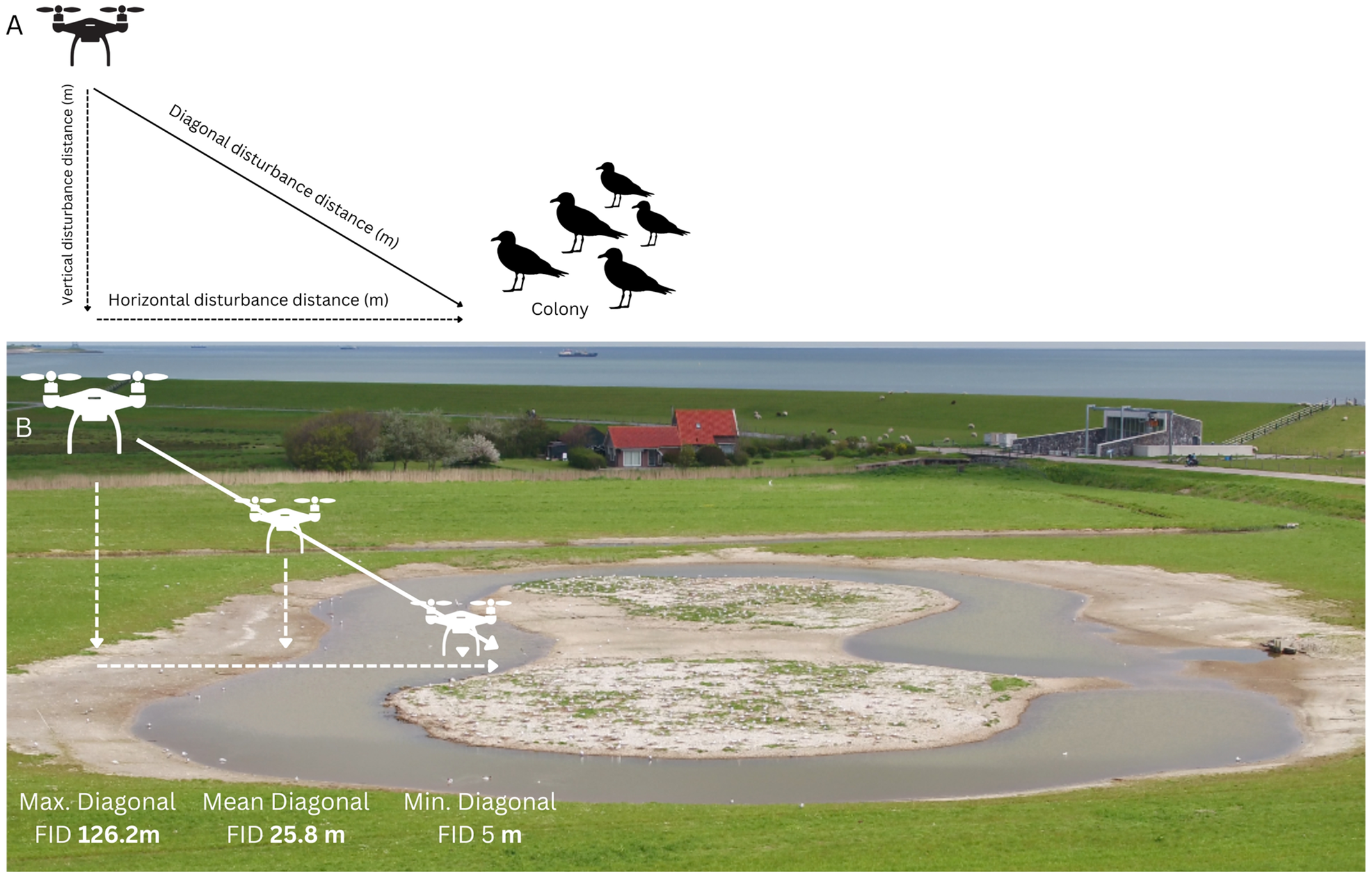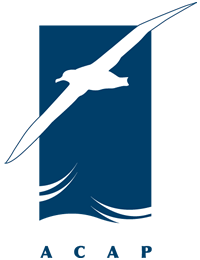
Note: this publication is not about procellariiforms but it should be of interest to those contemplating using drones over colonies of albatrosses and giant petrels.
Estefania Velilla (Marine Conservation Group, Groningen Institute for Evolutionary Life Sciences, University of Groningen, The Netherlands) and colleagues have published open access in the journal PLoS One on results of flying drones over breeding seabirds, finding flight initiation distance varied between gulls, terns, a cormorant and a spoonbill.
The paper’s abstract follows:
“Drone use has increased sharply worldwide over the past decade, leading to more frequent interactions with wildlife. The rapid advancement of drones for ecological monitoring and research has further contributed to these encounters, which may disturb animal behavior, such as triggering flight responses in birds. Therefore, best-practice guidelines are urgently needed to help operators and site managers minimize disturbances. This study aimed to establish safe operating distances for seven common colonial breeding bird species: black-headed gull (Chroicocephalus ridibundus), herring gull (Larus argentatus), lesser black-backed gull (Larus fuscus), Sandwich tern (Thalasseus sandvicensis), common tern (Sterna hirundo), Eurasian spoonbill (Platalea leucorodia), and great cormorant (Phalacrocorax carbo). We assessed the effects of professional and consumer-grade drones flying at altitudes between 5 and 50 meters on the flight responses of these species at breeding sites in the Dutch Wadden Sea. Of 1492 drone flights, 7.4% caused disturbances, defined as more than 10% of birds becoming airborne. Flight initiation distance (FID), the distance between a bird and the drone at the moment of flight response, varied by species. Sandwich terns and common terns had the largest FID (>170 m), followed by black-headed gulls (>160 m), herring gulls and lesser black-backed gulls (>60 m), while great cormorants and Eurasian spoonbills had the shortest (~5 m). When selecting drone flight locations, we recommend considering species-specific FID and using the maximum diagonal FID as a guideline. Disturbance decreases with altitude, so flights should be conducted at 50 meters or higher whenever possible. These findings provide concrete guidelines to inform policy and promote the responsible use of drones in wildlife research and management.”
Reference:
Velilla, E., Hijner, N., van Ginkel, A., Zwarts, M., Heusinkveld, J.H.T., Koffijberg, K., Oosterbeek, K., Stahl, J., Duijns, S. & Govers, L.L. 2025. Best practice guidance for recreational and professional drones near colonial breeding birds. PLoS One 20(11): e0332619. doi.org/10.1371/journal.pone.0332619.
John Cooper, Emeritus Information Officer, Agreement on the Conservation of Albatrosses and Petrels, 24 November 2025

 English
English  Français
Français  Español
Español